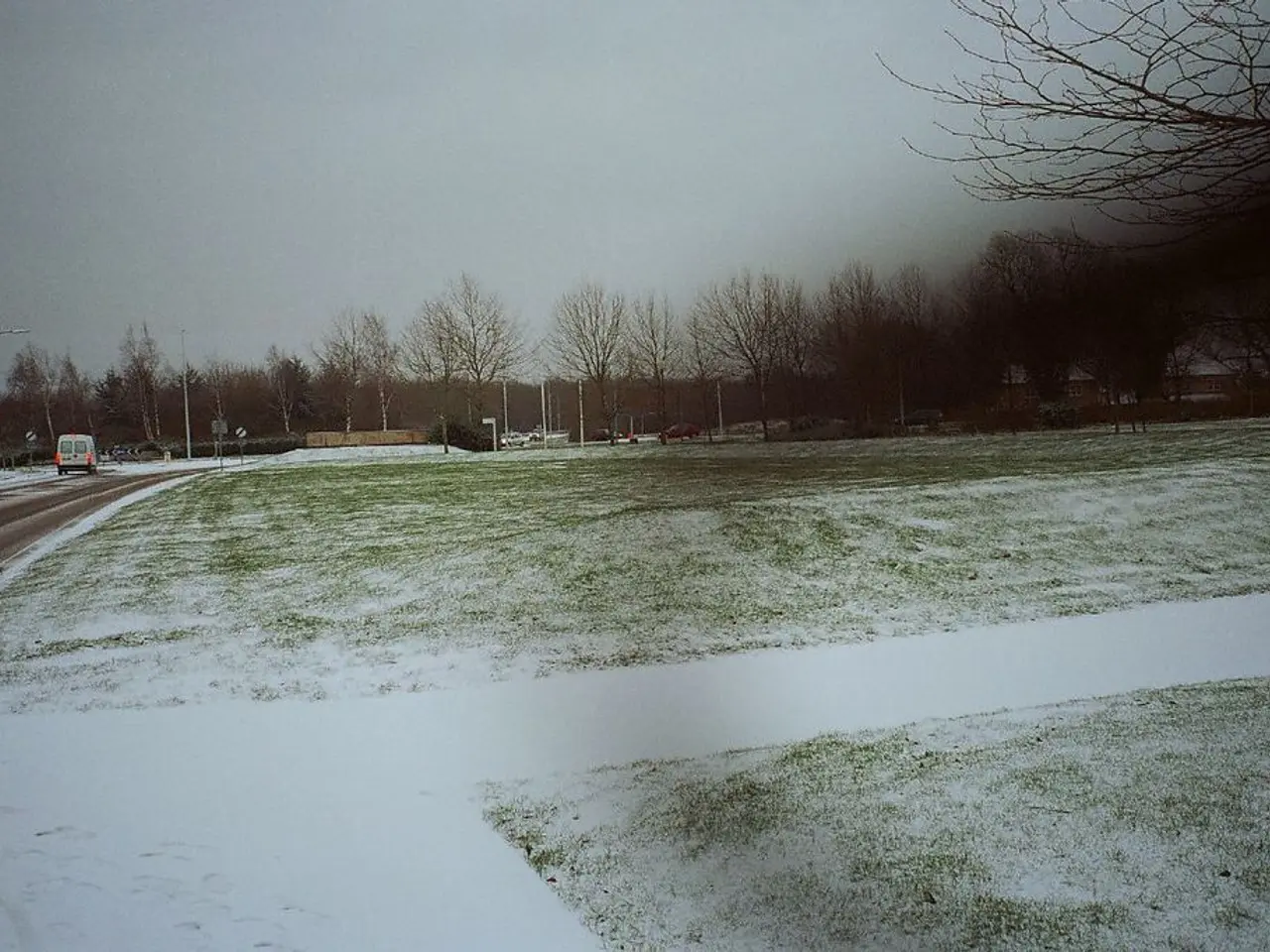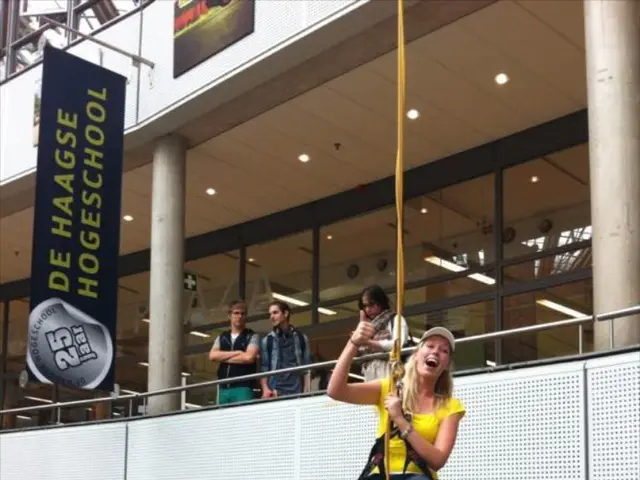Autumn Brings New Driving Challenges in Lower Saxony and Saxony-Anhalt
Autumn brings new challenges for drivers in Lower Saxony and Saxony-Anhalt. With the change in season comes increased wildlife activity, reduced visibility, and slippery road conditions. The ADAC offers crucial advice to ensure safety on the roads.
Drivers should be extra vigilant during morning and evening twilight, as this is when wildlife accidents peak. Roe deer are particularly active during these times. To mitigate risks, reduce speed and avoid risky overtaking when approaching wildlife crossing signs.
Autumn leaves and lost clods of earth on wet roads can significantly reduce vehicle control, necessitating slower speeds. Winter tires can help combat this, reducing braking distance by up to half. The ADAC recommends switching to winter tires as soon as conditions like black ice, icy roads, slush, or snow begin, regardless of the calendar date. Legally, winter tires must have at least 1.6 mm tread depth, but the ADAC advises 4 mm or more for safety. Tires older than six years should be replaced.
Other autumn hazards include low sun, darkness, and fog. In dense fog, manually switch to low beam to ensure visibility. The ADAC Lower Saxony/Saxony-Anhalt recommends reducing speed and being attentive in foggy conditions. The risk of accidents increases by 50% for drivers and 150% for pedestrians due to earlier darkness. Reflective clothing can improve pedestrian visibility up to 130 meters, significantly reducing accident risk.
Autumn presents unique challenges for drivers in Lower Saxony and Saxony-Anhalt. By following ADAC guidelines, including reducing speed, using winter tires, and being cautious in low visibility conditions, drivers can ensure safer journeys. Pedestrians can also play a role by wearing reflective clothing to increase their visibility.






